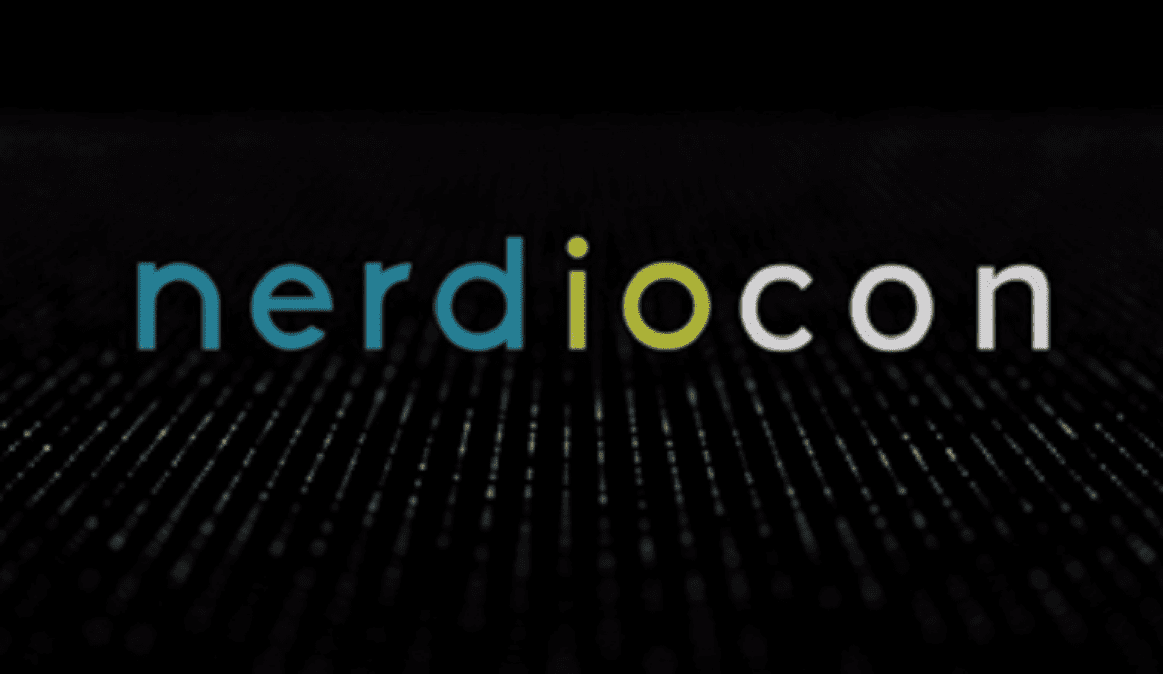IGEL Blog
IT Gets Fancy: Out of the Garage and into the Lab
IT needs to evolve and the growing complexity of the endpoint estate is certainly a driver. Where once IT people were endpoint ‘mechanics’ keeping hardware assets running like a smoothly functioning automobile, IT is now a very different game. The advent of endpoint software assets and sophisticated workplace analytics, the exponential growth of applications and the rise of the hybrid environment has created a new IT persona: the ‘lab technician’.
IT is still responsible for serving and maintaining the environment, and most importantly for security and compliance. However, rather than tinkering with assets as one would in a garage, IT now has access to analytics tools giving it end-to-end visibility across the endpoint estate. The partnership of IGEL and Lakeside is a great example. Gauging productivity at the endpoint has been problematic in the past. Visibility has been limited at best. Now endpoint metrics are available in robust detail due to the combined power of IGEL’s Linux OS endpoints and Lakeside’s SysTrack Workplace Analytics.From a single pane of glass, IT can now use endpoint analytics to assess how much cloud compute to buy, whether the user experience is functioning optimally and whether performance SLAs are being met.
Endpoints Get the Analytics They Deserve
Evolving from mechanics to ‘lab technicians’ is certainly a change in mindset and culture. IT is moving to a higher level of consciousness, if you will, combining the essentials of maintenance and quality control with a deeper level of insight into the endpoint estate and what is needed to work at optimal performance, whether on premises or in the cloud.
IT needs support from the organization to make this change. A few thoughts:
- Find a strong advocate. Read any content on culture change and you’ll find this common theme: someone or some team must be willing to go to the front lines and advocate for change. In this case, the change is advancing IT’s role to managing endpoint/workplace analytics and contributing directly to organizational productivity.
- Answer all the questions. Moving from ‘mechanic’ to ‘lab technician’ should be supported with any product education, training or inquiries that may surface. Companies like Lakeside realize this and offer thorough resources to answer all the questions that come up, and to support easy deployment.
- Use metrics to everyone’s advantage. When performance improves as a result of metrics supplied by analytics, broadcast this value-add to all stakeholders. IT has always represented the image of a siloed department. Showing how IT’s role in using metrics helps the organization at large and benefits all employees positively raises the overall profile of IT.
- Actualize the results. As Lakeside says, its SysTrack analytics “places actionable intelligence you can use to build and support productive digital workplaces.” Once an organization has deployed analytics there needs to be an efficient process by which performance issues can be expeditiously fixed. It’s important to show measurable improvements based on these metrics i.e. “do something with the results”.
Think Now and Ahead
Analytics also promotes smart, flexible response to changes in the business environment. IGEL, in combination with Lakeside, for example, can help organizations determine which investments will yield the best productivity dividends by analyzing business usage and need for IT resources.
As workplace computing becomes centered on the endpoint – regardless of device – and IT evolves into analytics driven decision making, a single pane of glass that can serve up the best user experience, and actionable metrics, is the answer to productivity now, and for the future.


